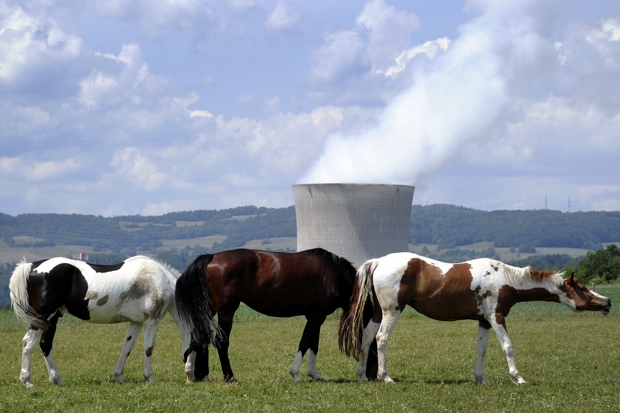An EDF board meeting today could spell the end of the wretched Hinkley Point C nuclear power station and its hugely over-priced electricity, for which electricity distribution companies would be obliged to pay double the current wholesale electricity price for 35 years. EDF’s finance director Thomas Piquemal resigned in March claiming that the project could put the entire future of the company at risk.
The UN’s Economic and Social Council has put its own boot into the project, saying that the UK has failed to consult with neighbouring countries over the risk of a nuclear accident. But never mind neighbouring countries, the government has failed to take into account the economic consequences of a nuclear accident on local populations.
Since the first wave of nuclear power stations was built between the 1950s and 1980s, we know much more about the management of nuclear accidents – which will inevitably happen, however safe the plants are. The point about nuclear disasters is not that they kill large numbers of people. The UN put the death toll of Chernobyl, the 30th anniversary of which passed last week, at 30. Even if you add on the 39 deaths alleged in a letter to The Spectator last week to have been reported by the plant’s former head of operations, the death toll is considerably less than that of many plane, train or mining disasters.
The crushing problem with nuclear accidents is the economic cost of having to evacuate large areas. At Chernobyl, a 30 km exclusion zone still applies. The Fukushima disaster of 2011 was also followed by the evacuation of residents up to a 30 km radius. A 20 km exclusion zone remains in place, which the Japanese government has suggested may begin to be relaxed from next year.
If such an accident were to occur (if not a tsunami, the Severn Estuary is nevertheless prone to tidal surges – and there are plenty of possible causes of a nuclear accident other than flooding) the following areas could require evacuation:
- 10 km: Burnham-on-Sea (population 20,000)
- 20 km: Bridgwater (41,000) and the southern half of Weston-Super-Mare (76,000)
- 30 km: Taunton (109,883 with surrounding villages)
In addition the M5 might have to be abandoned, along with the main railway line to the West Country, as the latter falls into the 30km zone and the former the 10km zone. Has the government assessed the economic costs of an accident on this scale? If it has, perhaps it would care to publish its assessment. The blunt reality is that nuclear power might be a risk worth taking in lightly-populated areas. The experience of the world’s two major nuclear disasters to date suggests that it is a risk too high in crowded southern England.







Comments